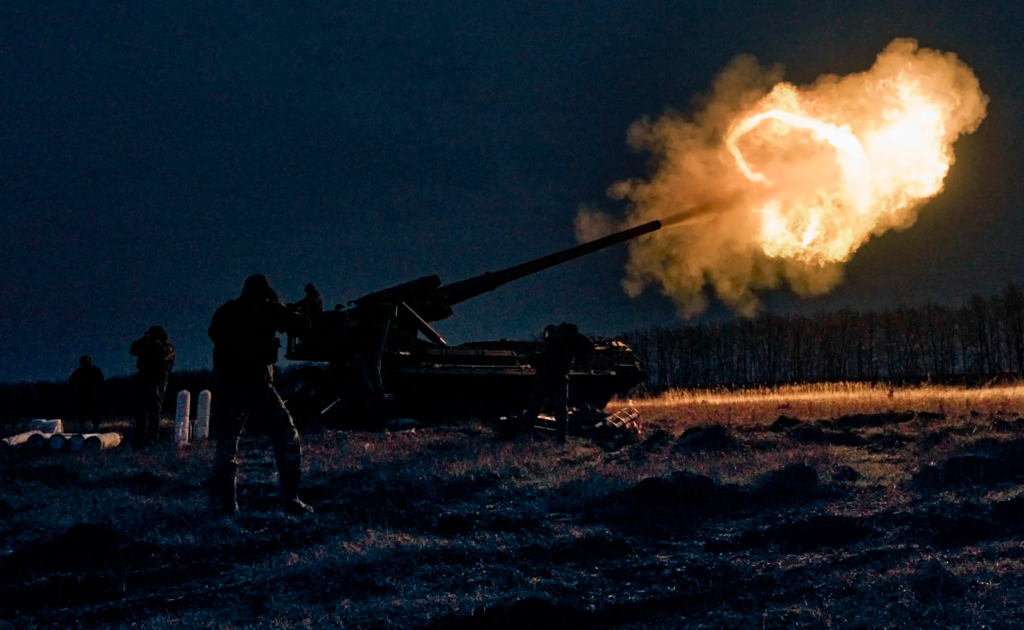
In light of developments in December 2022, the war in Ukraine has intensified both on the battlefield and in the political arena, further highlighting the broader geopolitical dynamics outlined in the analysis. Ukraine has received increased military and economic support from NATO and Western allies, particularly from the United States, with significant deliveries of advanced weapons systems, such as HIMARS and air defense equipment. These developments underscore Ukraine’s deepening dependence on NATO, as the country’s defense efforts are increasingly reliant on Western military aid and strategic guidance.
Diplomatic efforts in December 2022 also played a significant role in shaping the conflict’s trajectory. Ukrainian President Volodymyr Zelenskyy’s high-profile visit to Washington, D.C., symbolized the growing alliance between Ukraine and the West. This visit, marked by Zelenskyy’s address to the U.S. Congress, resulted in promises of further military and financial assistance, reinforcing the view that Ukraine has become a key player in NATO’s broader strategy of containing Russia’s influence in the region
Meanwhile, Russia’s continued targeting of Ukraine’s critical infrastructure, particularly its energy systems, has left millions of civilians without access to basic services during the harsh winter months. These attacks, which are seen by some analysts as an attempt to weaken Ukrainian resolve and destabilize the country’s political and social systems, have sparked renewed discussions within NATO about increasing support for Ukraine’s defense capabilities. This focus on military solutions, rather than diplomatic engagement, indicates a prolonged conflict with no immediate resolution in sight.
At the same time, the European Union has ramped up its financial support for Ukraine, further integrating the country into Western economic and political structures. However, these measures deepen Ukraine’s reliance on Western powers and institutions, aligning with the anti-imperialist analysis that highlights how Ukraine’s sovereignty is compromised by its dependence on foreign aid and support.
In conclusion, the events of December 2022 reinforce the analysis that the war in Ukraine is not solely a national conflict, but part of a larger geopolitical struggle between NATO and Russia. The continued militarization of the region, fueled by Western interests and strategic ambitions, has further complicated efforts to find a peaceful solution to the conflict. The suffering of the Ukrainian people, caught in the crossfire of this imperialist power play, remains a tragic consequence of a war that shows no signs of abating.

